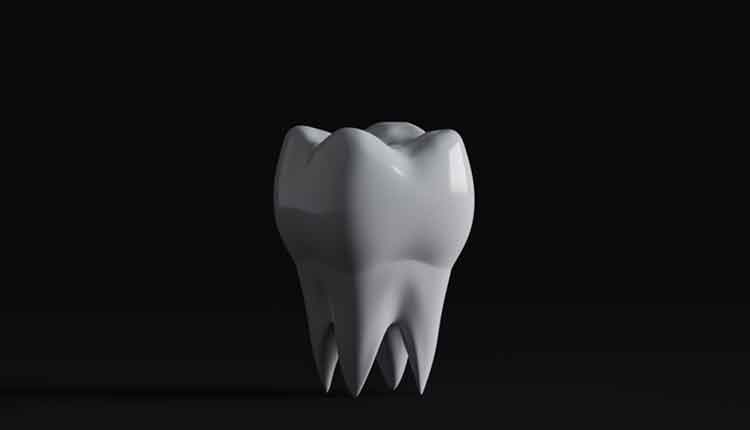The Staying Power of Fluoride Varnish
Fluoride varnish has become a widely utilized, professional topical application for treating dentinal hypersensitivity and preventing caries. While fluoride varnish has United States Food and Drug Administration approval for treating sensitivity, caries prevention is an off-label use. When answering this question for our patients, we need to review the mechanism of action for topical fluorides and the current evidence in the literature.
The three main benefits of topical fluoride application are: decreasing the demineralization of enamel, increasing the remineralization of enamel, and inhibiting bacterial activity.
 nfsphoto / iStock / Getty Images Plus
nfsphoto / iStock / Getty Images Plus
Many manufacturers are adding minerals, such as calcium and phosphate, to their fluoride varnish formulations with the thought that they may increase bioavailability in the oral cavity, saliva, and biofilm, and, in turn, increase fluoride release and enhance the remineralization process.
 ftwitty / iStock / Getty Images Plus
ftwitty / iStock / Getty Images Plus
In what year did the American Dental Association issue an executive summary of the updated clinical recommendations and supporting systemic review on topical fluoride for caries prevention?
 courtneyk / E+
courtneyk / E+
For fluoride varnish specifically, the panel recommended the application of 5% sodium fluoride at least every 3 months to 6 months for patients with elevated caries risk.
 dvarg / iStock / Getty Images Plus
dvarg / iStock / Getty Images Plus
The American Academy of Pediatric Dentistry does not recommend that children at high caries risk receive a fluoride varnish application every 3 months to 6 months.
 ia_64 / iStock / Getty Images Plus
ia_64 / iStock / Getty Images Plus
Generally, patients should not eat or drink anything that is hot, sticky, hard, crunchy, or alcoholic for 4 hours to 6 hours after placement of fluoride varnish.
 LauriPatterson / E+
LauriPatterson / E+
Research studies have demonstrated that fluoride varnish has “long-lasting efficacy” in caries prevention.
 Viktoria Ruban / iStock / Getty Images Plus
Viktoria Ruban / iStock / Getty Images Plus
While there is no specific timeframe as to how long fluoride varnish may last, we know from the existing literature that it offers many benefits with more frequent and consistent intervals of application, especially for those populations most vulnerable to dental caries.
 maximmmmum / iStock / Getty Images Plus
maximmmmum / iStock / Getty Images Plus
Share your Results:

